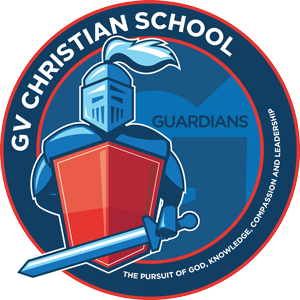Kindergarten
National Standardized Testing
99th Percentile overall in Academic Areas
98th Percentile in Mathematics
96th Percentile in Reading

Phonics (Abeka K Curriculum)
We start the year by learning the 5 vowels and their short sounds. Students begin to read by learning consonants and their sounds and blending them with the vowels to make beginning sounds. After working with 3-letter words, students practice rhyming and then start working with long vowel words. We end the year by learning special sounds, which are sounds that do not follow the typical rules of phonics.
Handwriting (Abeka K Curriculum)
Kindergarten teaches traditional manuscript. Students practice daily tracing and writing new letters, words, and eventually sentences. We work on the proper stroke and order when writing letters. We also focus on the proper way to hold a pencil.

Science (Nancy Larson K Curriculum)
We study science twice a week including:
- Exploring the Human Body and The 5 Senses
- Investigating Healthy Habits
- Identifying Characteristics of Pets
- Examining Characteristics of Objects
- Observing the Growth of Plants
- Identifying Living and Non-Living Things
- Identifying Seasons and Weather Conditions
Math (Abeka 1st Grade Curriculum)
- Properly Writing Numbers
- Addition and Subtraction of single, double, and triple digit numbers
- Understanding place value of hundreds tens, and ones
- Ordering numbers
- Comparison symbols
- Solving Word Problems
- Ordinal Position
- Fractions
- Money: coins and dollars
- Patterns
- Shapes
- Geometry: Plane Figures & Solid Figures
- Telling Time to 5 minute intervals
- Parts of the Calendar
- Temperature: read & set a thermometer
- Linear Measure: inches & centimeters
- Weight and Capacity: dozen & half dozen
- Data Analysis, Statistics, and Probability
Problem Solving
Bible (Deep Roots Kindergarten)
Deep Roots is an Apologetics and worldview Bible curriculum. Focused on equipping students with the tools and training to stand firm in the face of today’s cultural challenges. A Bible verse is learned and tested weekly.

Reading (Abeka Curriculum)
Students learn to read using the Abeka Basic Phonics Readers. The first 4 of their 13 readers help children review one- and two-vowel words while the last 9 readers help children incorporate those reading principles into age-appropriate stories. By the end of Kindergarten, children can use phonics blends and special sounds to read complete stories. Students also learn 8 important sight words (those that do not follow Phonics rules).
Books are read in small reading groups at school as well as for homework. In our reading groups, we practice the phonics rules and drill the special sounds. We also work on fluency, comprehension, expression, and punctuation.
